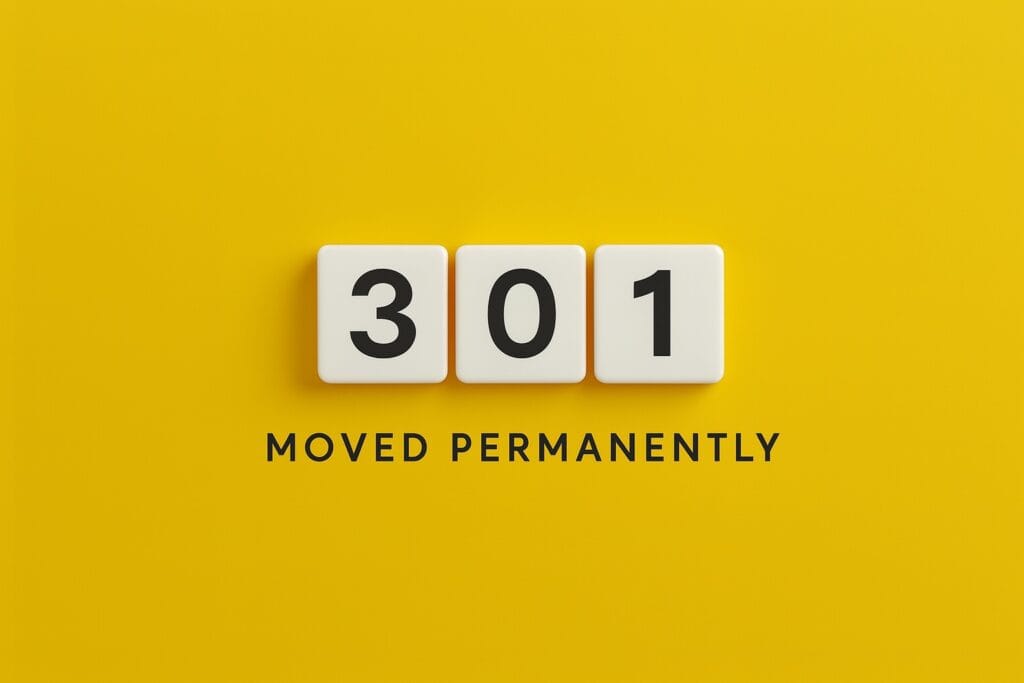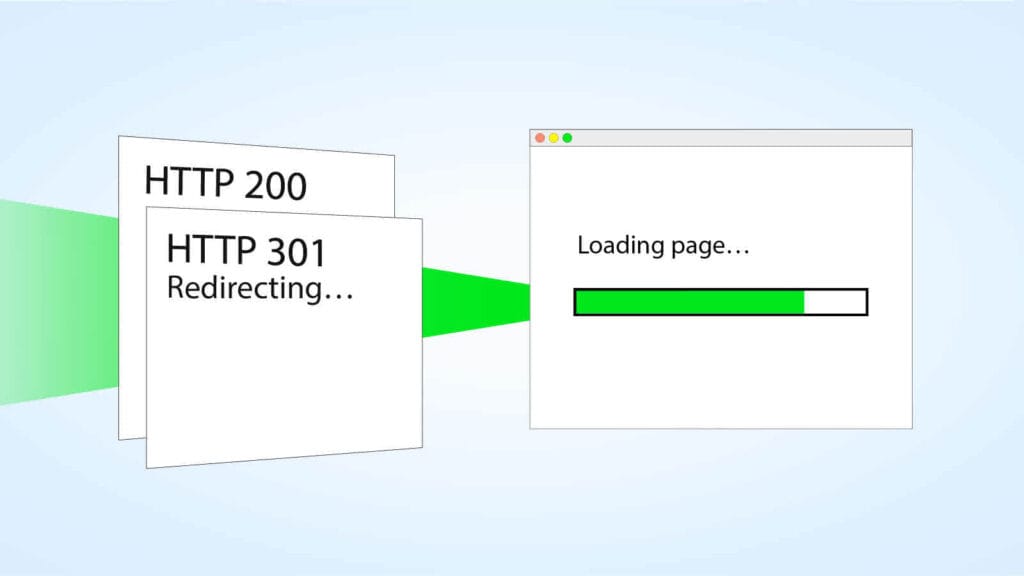
When you move a page, you don't want visitors stranded on an error message. You want them to get to the right place without looking back. The status code 301 takes care of that. It tells browsers and bots: this page still exists, but is somewhere else, and it stays that way.
A 301 redirect is not temporary. You are signaling with it that the old URL is permanently giving way to a new one. That makes it one of the most important tools in the toolbox of developers, marketers and SEO specialists.
What exactly does a 301 do?
When a server responds with a 301 Moved Permanently, means that: the request has been properly received, but the requested resource has been moved to another URL. The browser is then automatically redirected.
To users, this is invisible. But something does happen underwater: search engines replace the old URL in their index, and in many cases link the accumulated authority to it as well.
The latter is crucial. If you want to maintain that traffic or value, the 301 must be right, and preferably without intermediate steps.
When do you use a 301 redirect?
A few common situations where a 301 is the right choice:
- You move from http to https
- You change your permalink structure
- You merge multiple pages into one
- You create a new URL strategy or folder structure
- You remove old content but want to continue to capture traffic
In all such cases, a 301 redirect tells "use this new URL from now on." Not temporarily, not on a trial basis. Definitive.
How do you know if a page is using a 301?

You can't always tell on the outside. But there are plenty of ways to check:
- At Chrome DevTools: open the Network tab, load a page, and you can see in the status line whether a 301 is being used
- With curl:
curl -I https://jouwsite.nl/oude-pagina
immediately gives you HTTP/1.1 301 Moved Permanently - Through tools such as Screaming Frog, Ahrefs or Sitebulb: especially useful if you want to check multiple URLs at once
- In your own server logs or via a plugin such as Redirection in WordPress
The important thing is not whether there is a redirect, but whether there is only one, and whether it leads directly to the correct destination.
What does a 301 do to your SEO?

If you delete or move a page without a redirect, you run the risk of search engines eventually de-indexing it. Internal links go to a dead end. Backlinks lose their value. And users get an error page.
With a good 301, you avoid all that. The new page gets the traffic, the linking power, and is nicely included in the index. Not one-to-one maybe, but Google understands the intent, and usually rewards that with continuity.
What is important, however, is that you set up 301's consistently and technically correct. No redirectchains, no loops, no references to temporary intermediate steps.
What should you remember?
Simply put, a 301 is a permanent move notification for the web. You use it when you move something and want everything to keep working as before: traffic, findability, user experience.
Without good redirects, leaks are created in your site. With a properly set 301, you keep things tight, tight and future-proof.